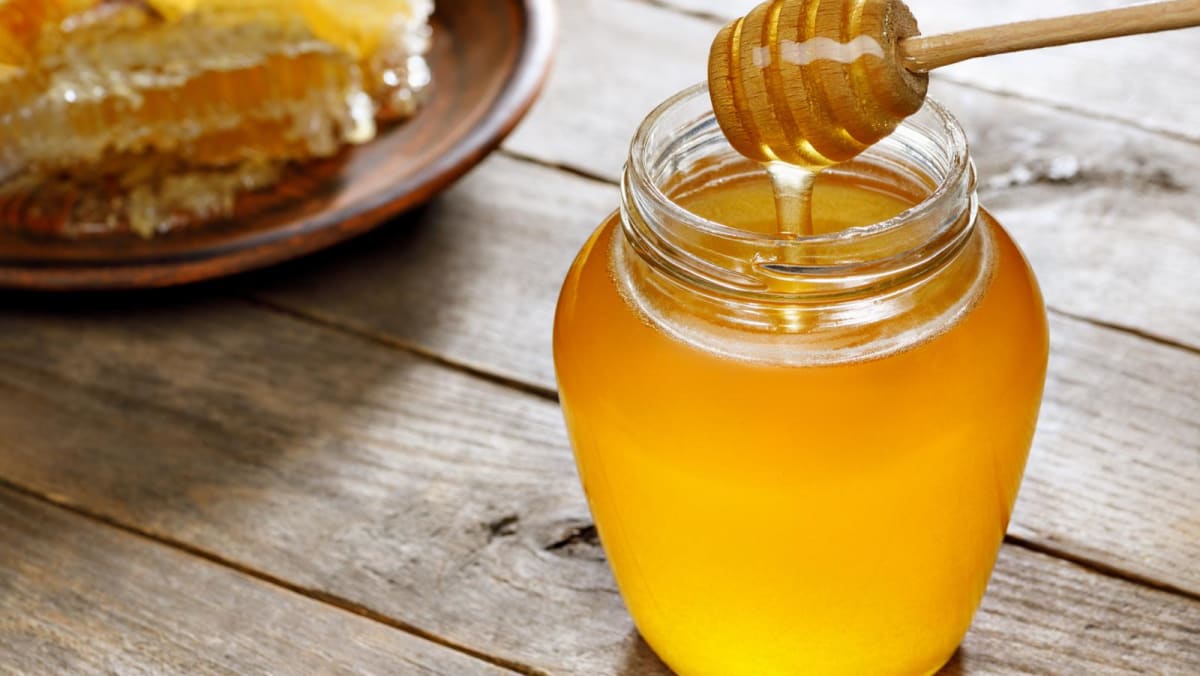POSSIBLE SWEET SPOT IN RESEARCH
On the bright side, researchers from Cranfield University in the UK may have just found the sweet spot.
This year, they made a scientific breakthrough and vastly improved the way honey can be tested.
The first method reduces runny honey into a mass of plant DNA, allowing scientists to look for signs of plant sugars that should not be there.
“Corn syrup, especially high-fructose corn syrup and things like that, is very cheap and we think it could be used to adulterate honey. It looks very similar (to honey),” said research student Sophie Dodd from the university’s Centre for Soil Agrifood and Biosciences.
“And then rice syrup may be used in potentially Asian countries where rice is grown more commonly. So these are the top two syrups.”
A variant of that test goes even further by revealing the honey’s full profile of plant DNA, and in what proportions.
This reveals if genuine and premium honey – perhaps from a renowned region – has been mixed with another cheaper kind of honey.
Meanwhile, the final test relies on the fact that all honeys will be slightly different depending on what nectar the bees ate, in what season, and in which locale.
A laser analyses the honey and produces a unique chemical fingerprint.
By doing these tests, the team can create a database of what pure and adulterated honeys look like.
“And then by introducing machine learning algorithms, we can create predictive models that can give us an answer regarding the purity of the sample and also they can identify the specific type of syrup used for adulterating the honey,” said bioinformatics lecturer Maria Anastsiadi, who is part of the team.
The new research methods come as countries across Europe have been demanding stronger checks to make sure imported honeys are authentic.
With techniques like those developed here at Cranfield, detecting “honey laundering” could become a lot easier.
